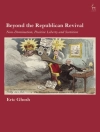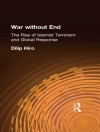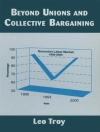Since the 1989 Tiananmen Square occupation, mainland China, Hong Kong, and Macau have experienced an increase in and persistence of mass gatherings, demonstrations, and blockades staged as a means of protesting the ways in which people are. In this book, Shih-Diing Liu argues that these popular protests are poorly understood, because they are viewed through the lens of protests and occupations globally, with insufficient attention given to their distinctively local aspects. He provides a better account of these distinctively Chinese-style occupations by describing, contextualizing, and analyzing a range of relevant recent case studies. Liu draws on theoretical concepts developed by Judith Butler, Jacques Rancière, Ernesto Laclau, and other contemporary critical theorists and shows the the importance of considering bodily, spatial, and visual dimensions of these protests. By seeing them as staged, contentious performances, the author demonstrates how these precarious populations mobilize their bodies and symbolic resources offered by the Chinese government to open up temporary spaces of appearance to articulate their grievances, and argues that this kind of embodied and performative analysis should be more widely conducted in studies of popular politics worldwide.
表中的内容
List of Illustrations
Acknowledgments
Introduction
Part I. Body and State
1. Embodied Practices of Citizenship
2. Migrant Workers’ Right to Appear
Part II. Politics of Articulation
3. Engagement with the State
4. The Two Occupy Movements in Hong Kong
Part III. Cultural Resistance
5. Political Protest as Artistic Practice
6. Macau’s Cyberpolitics
Conclusion: For the Appearance of a Subject
Notes
Bibliography
Index
关于作者
Shih-Diing Liu is Professor of Communication at the University of Macau, Macau SAR, China.












